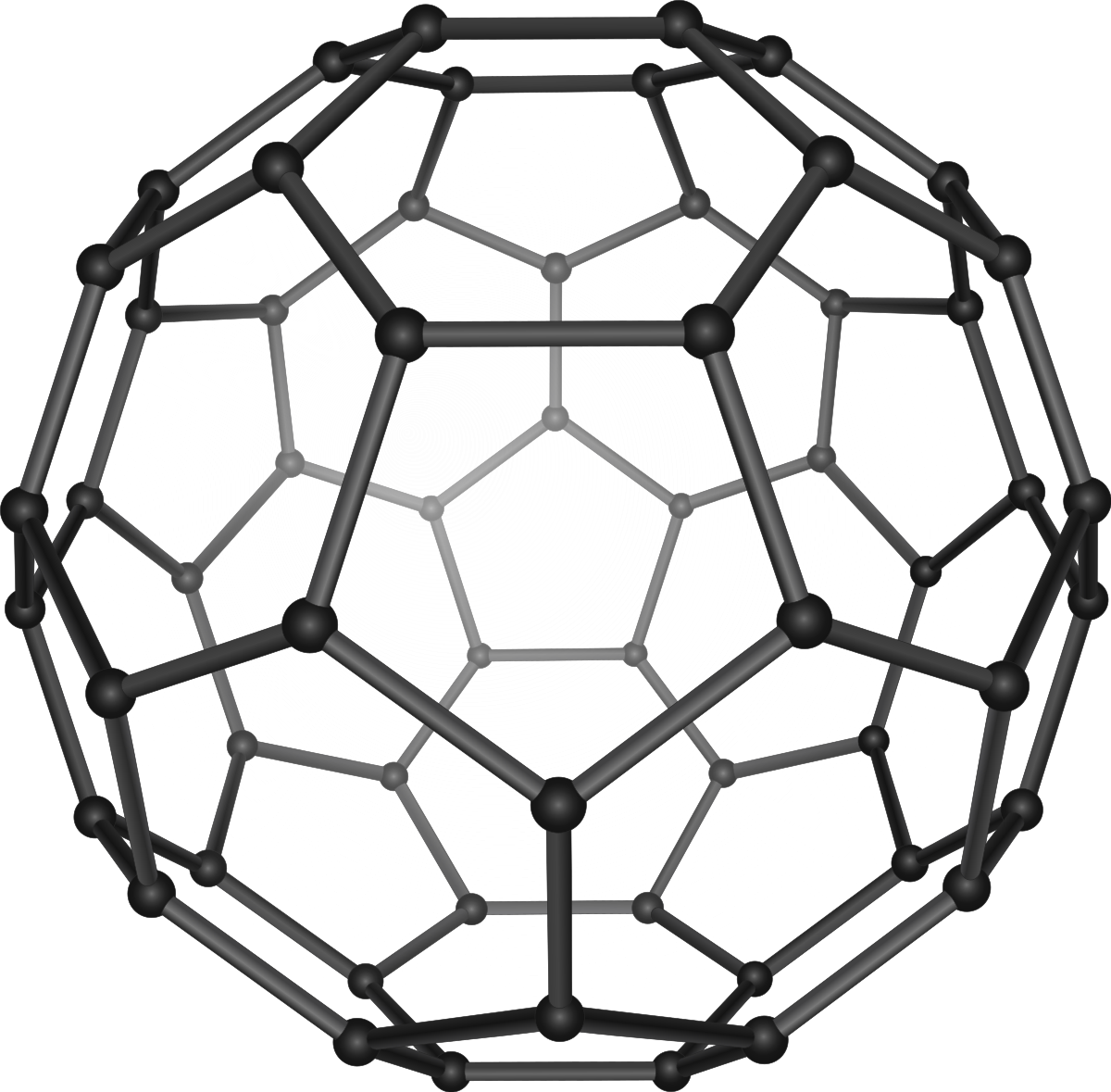Watched a show on a theory tat an asteroid struck the northern glacier casing a melt. Water flowed into the ocean, currents stalled, and the Earth cooled for a brief period leading to events kike the rapid mastodon die off.
Part of the theory was finding Fullerenes believed to have been creted by an an asteroid. Its just a theory but Fullerenes were new for me. Fullerne dust faound on ancient structiress.

 en.wikipedia.org
en.wikipedia.org
The old BBC show connections comes to mind. A scintiste comes up with a theroty for a material. Decades fits into a climate chnage theory.
Part of the theory was finding Fullerenes believed to have been creted by an an asteroid. Its just a theory but Fullerenes were new for me. Fullerne dust faound on ancient structiress.

Fullerene - Wikipedia
 en.wikipedia.org
en.wikipedia.org
A fullerene is an allotrope of carbon whose molecule consists of carbon atoms connected by single and double bonds so as to form a closed or partially closed mesh, with fused rings of five to seven atoms. The molecule may be a hollow sphere, ellipsoid, tube, or many other shapes and sizes. Graphene (isolated atomic layers of graphite), which is a flat mesh of regular hexagonal rings, can be seen as an extreme member of the family.
Fullerenes with a closed mesh topology are informally denoted by their empirical formula Cn, often written Cn, where n is the number of carbon atoms. However, for some values of n there may be more than one isomer.
The family is named after buckminsterfullerene (C60), the most famous member, which in turn is named after Buckminster Fuller. The closed fullerenes, especially C60, are also informally called buckyballs for their resemblance to the standard ball of association football ("soccer"). Nested closed fullerenes have been named bucky onions. Cylindrical fullerenes are also called carbon nanotubes or buckytubes.[1] The bulk solid form of pure or mixed fullerenes is called fullerite.[2]
Fullerenes had been predicted for some time, but only after their accidental synthesis in 1985 were they detected in nature [3][4] and outer space.[5][6] The discovery of fullerenes greatly expanded the number of known allotropes of carbon, which had previously been limited to graphite, diamond, and amorphous carbon such as soot and charcoal. They have been the subject of intense research, both for their chemistry and for their technological applications, especially in materials science, electronics, and nanotechnology.[7]
WASHINGTON - Asteroids that smashed to Earth millions of years ago may have created an exotic form of carbon that scientists did not discover until recently, researchers report today.
The exotic carbon is called a fullerene because its structure resembles the geodesic dome designed by the late Buckminister Fuller.
Two years ago, fullerenes were found in a Russian rock called shungite and in a lightning-scarred rock called fulgurite found in Colorado.
Two teams of scientists report today in the journal Science that they have found deposits in formations associated with the impact on Earth of asteroids.
The old BBC show connections comes to mind. A scintiste comes up with a theroty for a material. Decades fits into a climate chnage theory.
